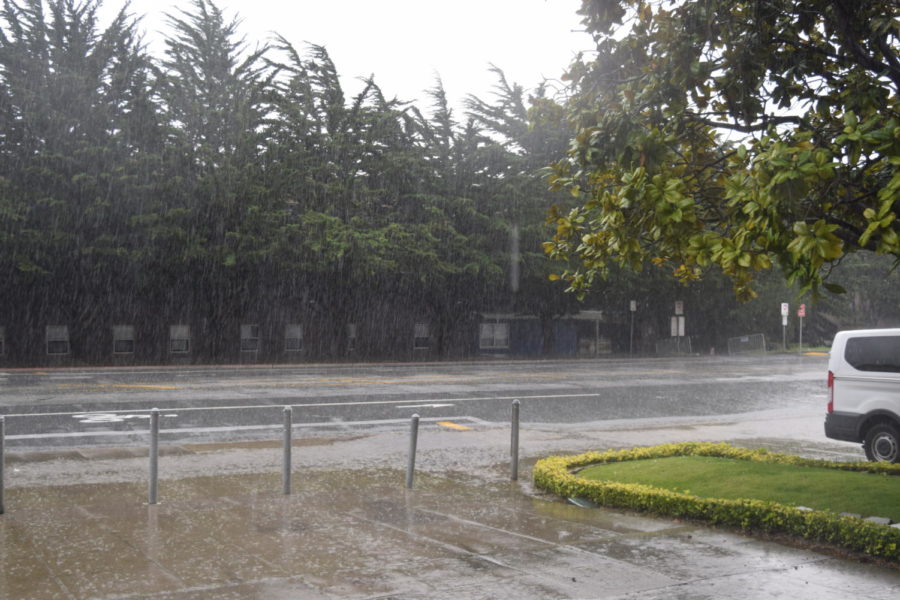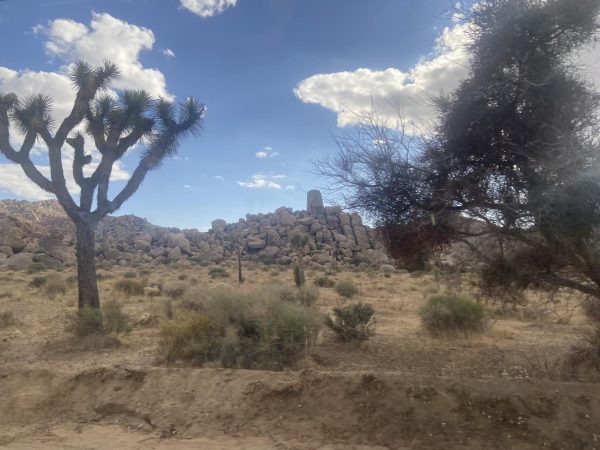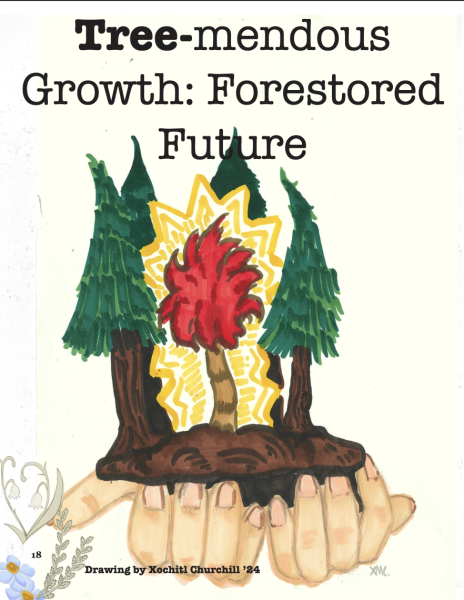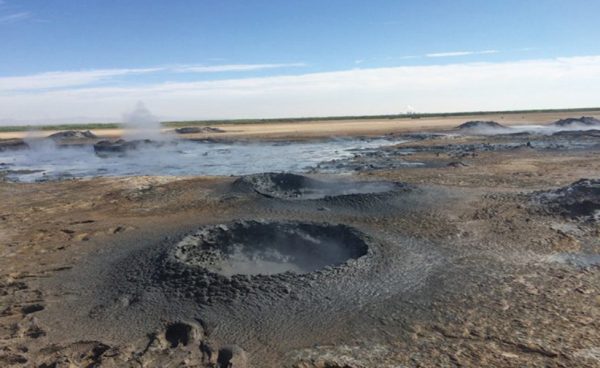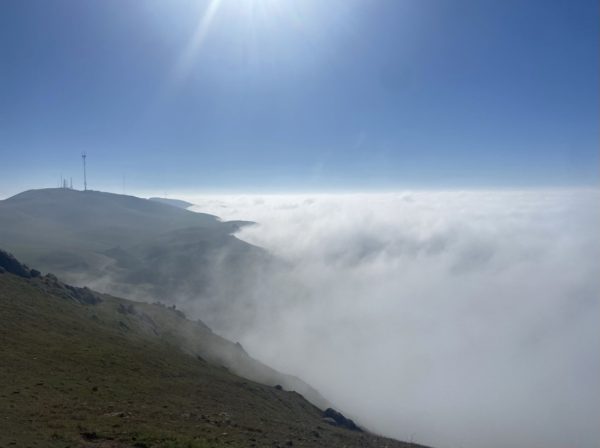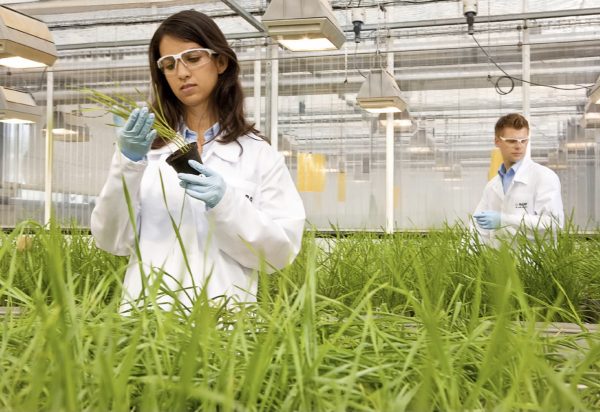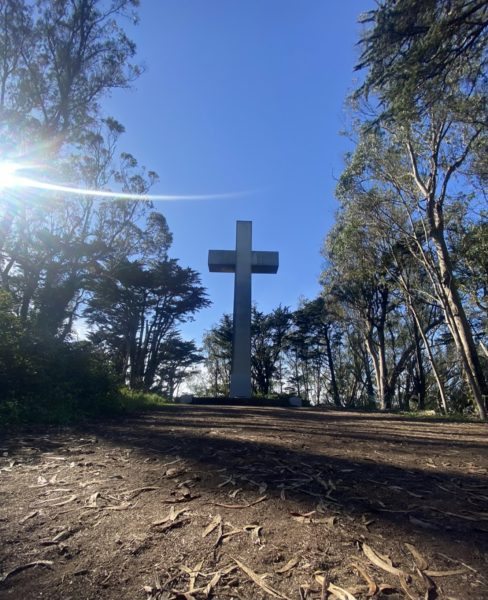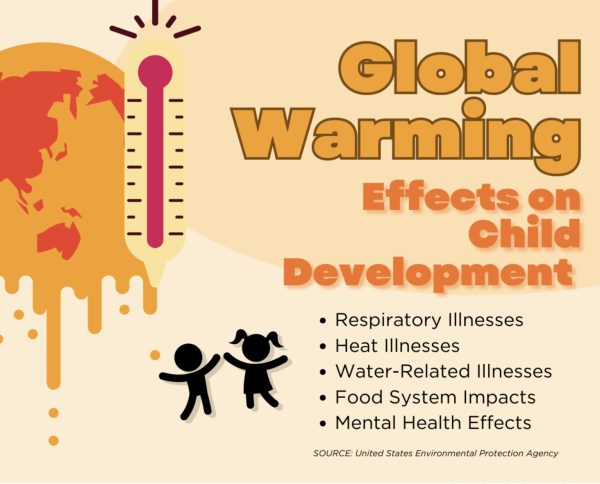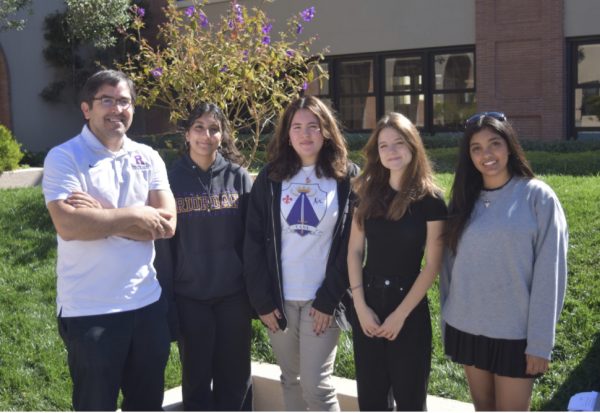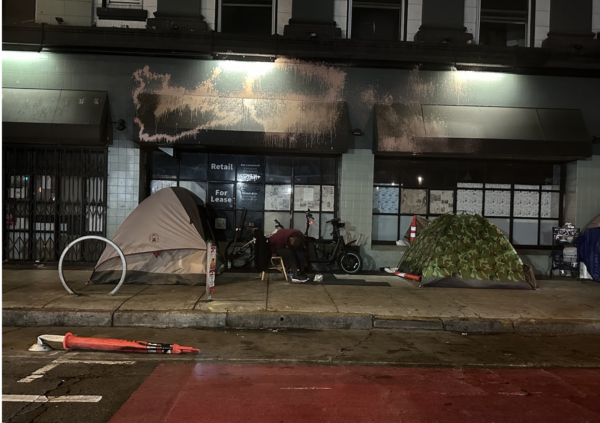Despite recent storms, drought endures
The recent storms added to depleted reservoirs, but did not end the drought.
March 7, 2023
Record amounts of flooding have ravaged California in the last month, affecting hundreds of thousands of people statewide and costing what is estimated to be tens of billions in damages. Just a month prior, the state was in the midst of a severe drought that had been ongoing since 2020.
Many people find themselves confused in the wake of these increasingly volatile weather conditions, which have created a host of problems for people from all walks of life.
The effects of the weather have also been seen here at school, or perhaps more accurately, heard. In January, echoes of thunder boomed throughout the school, and at its height, were accompanied by a short shower of hail.
Flooding has been widespread both statewide and locally, with countless homes seeing varying degrees of flooding in the city, and numerous roads being closed, making transit difficult.
I felt like I was going out in an apocalypse scenario just to get to work.
— Colleen O’Rourke, Science Teacher
As science teacher Colleen O’Rourke put it, “I felt like I was going out in an apocalypse scenario just to get to work.”
Conditions were so serious that O’Rourke said she kept a meter stick to measure potential water levels in case of flooding.
But why are these floods occurring? Aren’t we in a drought? These questions can be answered by climate change.
Riordan AP Environmental Science teacher Michael O’Brien ascribed much of the current weather to “increased rate of greenhouse gas emissions with increasing population.”
O’Brien said, “My personal opinion is that we can expect more of this weather as a general trend with increasing severity and with increasing frequency.”
However, he does emphasize that the state of the current climate would be far worse if not for previous efforts to mitigate climate change.
I don’t believe this is doomsday. The weather will turn around, but only if we continue the practices we are practicing now.
— Michael O’Brien, AP Environmental Science Teacher
In regards to the droughts, O’Brien clarified that California has always cycled through seasonal droughts and wet seasons, but because of climate change, these have begun to occur with much more ferocity in shorter intervals. It is likely that after this rainy period, the state will cycle through another drought.
O’Brien also mentioned multiple solutions to remedy flooding, including resurrecting wetland ecosystems to drain water run-off and creating rain gardens to catch and reuse rainwater.
If there is one takeaway from the floods and droughts, it’s that we now have even more onus to make change.
O’Brien concluded, “I don’t believe this is doomsday. The weather will turn around, but only if we continue the practices we are practicing now.”


